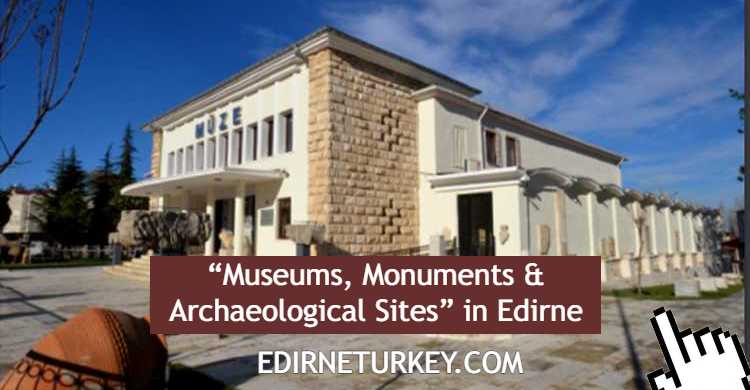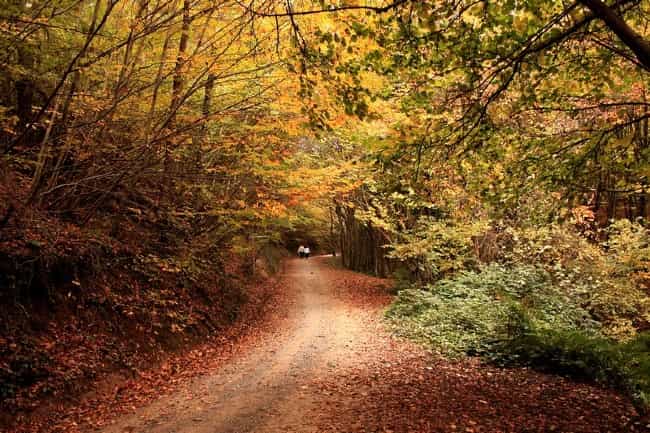Akşehir, the town of Nasreddin Hodja, in Konya Turkey

Akşehir is a district of Konya Province, Turkey. The population is about 94 thousand. The world-famous Nasreddin Hodja lived here all his life. His tomb is also in AKSEHIR. August 24 is celebrated as “AKSEHIR HONOR DAY” every year. The cherry, known as Napoleon Cherry in the world is also found here.
The first archaeological findings of AKSEHIR, which has always been an important settlement, trade and cultural center throughout history, date back to the Neolithic Period. Throughout its history, it has come under the rule of many tribes and the “Road of Kings” passes through AKSEHIR. After the Persian and Hellenistic periods, the city passed to Roman and then Byzantine rule. The Ottoman emperor Fatih Sultan Mehmet conquered AKSEHIR in 1467 and annexed it to the Ottoman Empire. Together with the surrounding towns, AKSEHIR had a population of more than 100,000. The town was always a socially and economically vibrant central settlement.
AKSEHIR where history is felt all over the place forms a bridge between the past and the present. It has been home to many civilizations and bears the deep traces of history. It has received its fame from the world renowned spiritual master Nasreddin Hodja, who is a friendly person and sheds light on centuries. Because; Witty, quick-witted, sharp-witted and exemplary people have grown up in Aksehir.
Today, AKSEHIR also has extremely valuable precious artifacts with its houses, streets, mosques and other structures.
HEADQUARTERS OF THE WESTERN FRONT
The building used as the City Hall was allocated to the army for the headquarters and continued to serve as the headquarters until November 24, 1922. The Turkish army prepared in AKSEHIR for the “Sakarya Meydan Battle” (against the Greek army), the turning point of the Turkish War of Independence, in this building.

NASREDDIN HODJA MAUSOLEUM
The mausoleum, which has reached the present day after undergoing major changes, consists of two parts. According to information obtained from historical documents, It was built in the 14th century and sits on 6 round columns. Later, a polygonal foundation with a portico appearance was built, which sits on 12 supports. The fact that the four sides of the tomb are open and one side is closed with a padlock is an indication of Nasreddin Hodja’s sense of humor. In addition, there is a platform in front of the shrine that symbolizes the Middle of the Earth. “Those who do not believe it are welcome to measure.”

IPLIKCI MOSQUE
The mosque has a longitudinal rectangular plan. It has undergone many repairs. The southern and western walls of the mosque and a part of the eastern wall are plastered. The other places, which are without plaster, are built with the alternating placement of three rows of bricks and one row of smooth cut stone. The walls of the mosque were later raised and covered with a hipped roof. It seems that all the decorations in the building are collected in the south wing, which is closed by three domes. In the inscription located above the entrance on the western wall of the mosque, it is understood that the mosque was completed in 1337.

HISTORICAL GRAND MOSQUE
The mosque consists of the harim, which expands from south to north, the last congregation place along the north wall, and the trapezoidal planned courtyard in front of it. The mihrab, where tile mosaic technique is applied, shows the characteristics of Seljuk work with its cylindrical brick minaret on a tiled octagonal shoe, which comes after a square pedestal built with cut stones. The only inscription of the structure is located on the minaret. Based on the minaret inscription, it is accepted that the building was built in 1213 or a few years ago.
MUSEUM OF STONE ARTIFACTS
It is also known as Sahib Ata Madrasa. Although it was built in the form of a complex consisting of a mosque, a mausoleum, a hankah, an imaret and a fountain, today only the part of the madrasa, a mosque and a mausoleum is intact. There are student cells on the sides of the areas that make up the gallery part of the structure. In the inscription located in the courtyard garden of the madrasa, it is understood that the structure was built by Sahib Ata in 1250.

HISTORICAL ARASTA BAZAAR
It is the traditional commercial center in the center of the town. This center, which consists of streets that cut each other perpendicularly, mostly shaded with vines or tarpaulins today, houses traditional crafts, albeit very few. Shoemakers, garment shops, barbers, tinsmiths, blacksmiths, halva makers continue their functions in commercial terms in the spaces here. Bakeries, restaurants are still production units where local dishes are made, which contribute to the continuation of certain rituals. All these places constitute cultural assets containing information that will transmit the traditional way of life to future generations.

HISTORICAL AKSEHIR HOUSES
Aksehir Houses have an important place because they have preserved examples of civil architecture of the Anatolian geography from the past to the present. The special side features of the houses, the entrances with landing, the bay windows add features and diversity to the identity of the streets and the city. The best example of this can be seen on Ulu Camii Street. There are many historical houses and mansions in ”Eski Aksehir”. In order to bring these structures to tourism, exterior facade improvements and restoration of historical houses and mansions have been carried out within the scope of the street sanitation project. Aksehir House, Takkasızlar Mansion, Nasreddin Hodja House and Hacı Küçük Mansion are the best examples of this.
NASREDDIN HODJA ARCHAEOLOGICAL AND ETHNOGRAPHIC MUSEUM
Both the plan and the facade arrangement of the structure are designed symmetrically. The basement was made as a three-storey building with a ground floor plus two floors. The building material is stone and wood. The road surrounds the front and side, and the garden surrounds the other two sides. It is covered with a wooden hipped roof covered with tiles. The building, which was built as a mansion in 1914, was put into service as the Nasreddin Hodja Archaeological and Ethnographic Museum with various restorations. It accepts visitors every day of the week, except Mondays.
HISTORIC CHURCH
The Armenian Community had the church built in 19th century. The structure of the historical church is built with rubble, cut stone and brick materials. The historical building has hosted artistic events in previous periods. It was restored in 2018 with the cooperation of Akşehir Municipality and KOP administration.

SMALL HAGIA SOPHIA MASJID
It is located in Eskikale District, on Orta Hamam Street. It is understood that the building was built in 1236 from the construction inscription. The mosque was later given the name of Small Hagia Sophia, which means Divine Wisdom in Greek. Right at the beginning of the dome round there are glazed bowls and an ornamental belt made with tile mosaic technique. The dome is built with brick material. It continues from the dome skirt to the center of the dome decorated with geometric motifs made with tile mosaic technique. All the decorations in the structure are collected in the dome.





